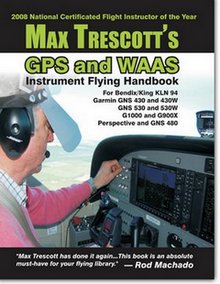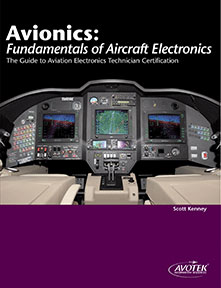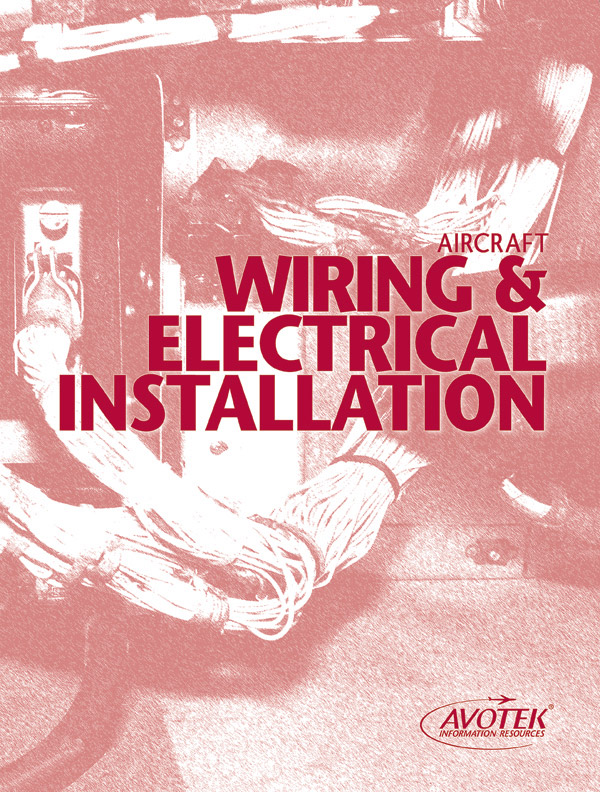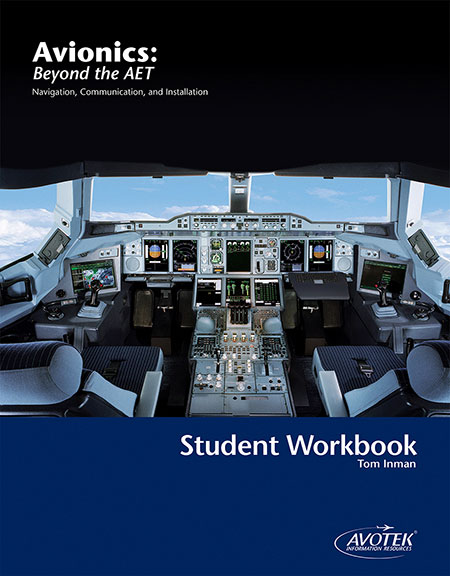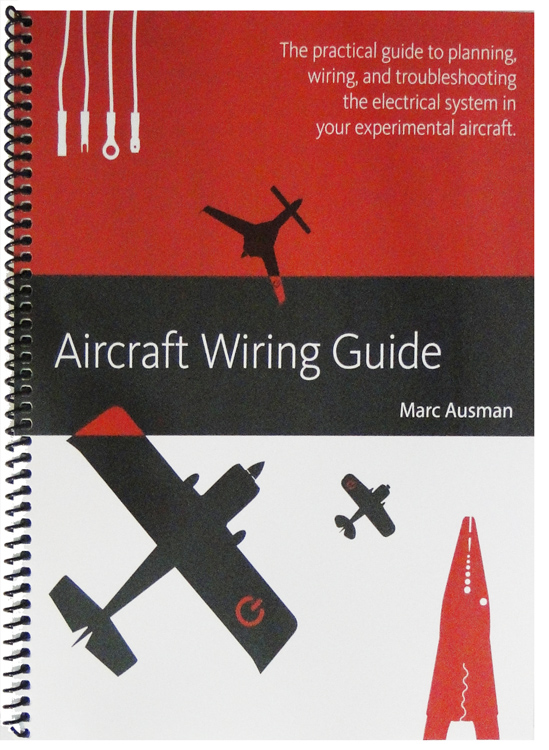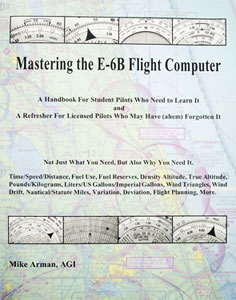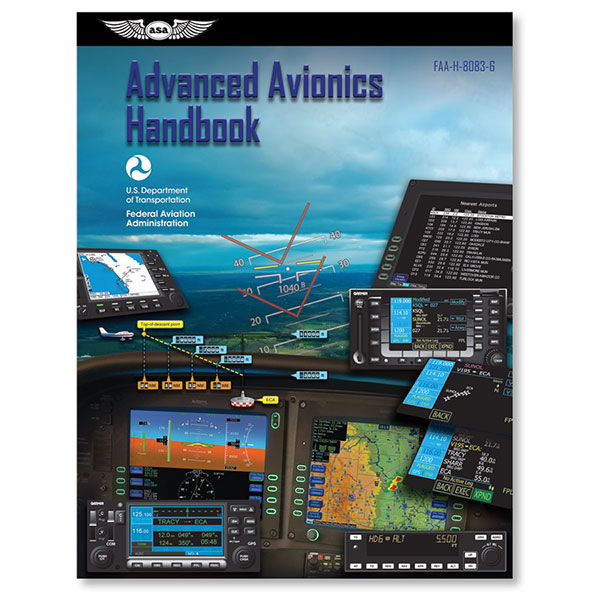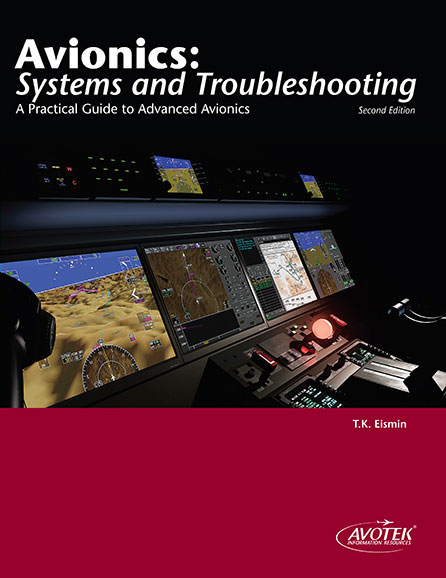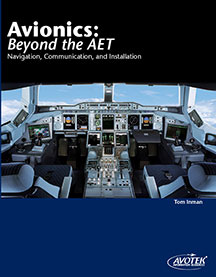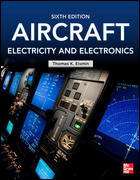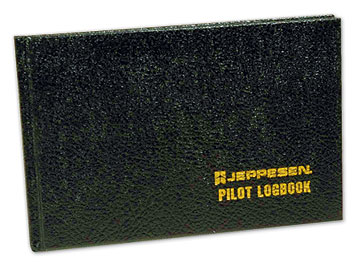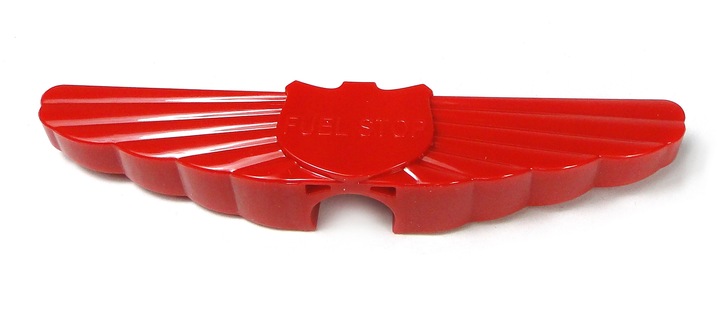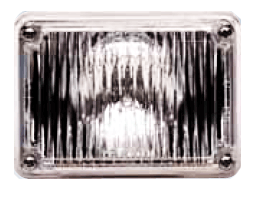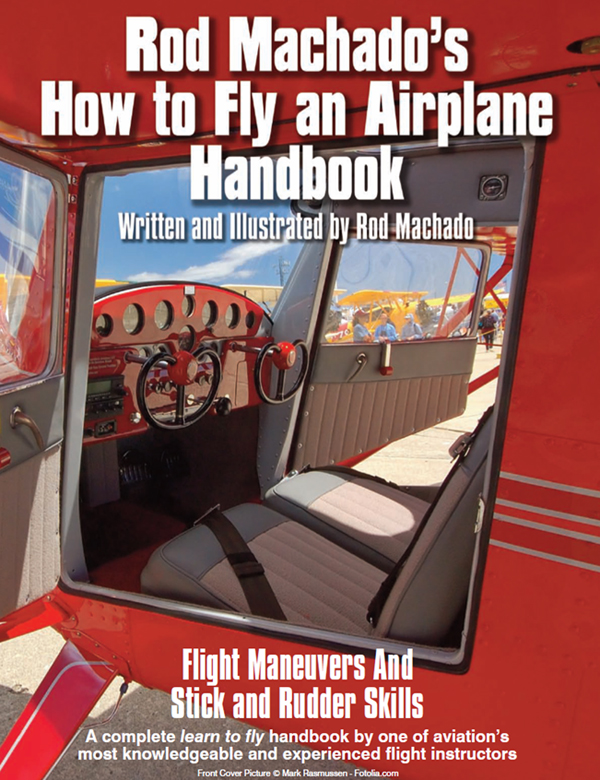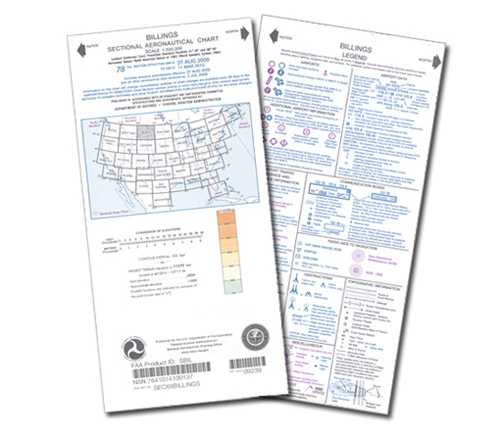Max Trescott's Gps & Waas Instrument Flying Handbook
Артикул: 13-06934
11169 9308 руб.
Наличие: – Есть в наличии у нашего поставщика. Доставка на наш склад в течение 5...6 недель после оплаты Вами заказа.
Overview
| Ever find yourself in the cockpit punching GPS buttons multiple times to get it to do what you want? Our recent GPS survey found that more than half of readers have difficulty some of the time getting a GPS to do what they want. I spend hundreds of hours each year teaching only in aircraft with advanced GPSs and autopilots and I became convinced that there was no one good reference for pilots teaching them everything they need to know about GPS, WAAS and operating their GPS receivers. So I decided to write the one book that tells pilots what they need to know to safely fly using a modern GPS receiver. If you?d like, skip on below to see what Rod Machado says about my new book. Most books treat GPS as a subtopic and don?t tell everything you need to know about using GPS. But my new Max Trescott?s GPS and WAAS Instrument Flying Handbook recognizes... that GPS is at the center of modern cockpits and not just add-on equipment. If you fly VFR or IFR with a panel-mounted GPS, you?re bound to learn something you didn?t know from my latest book about GPS, WAAS or operating your GPS receiver. It?s a totally new book?NOT a new version of my G1000 book?that tells you what you need to know to safely operate modern GPS systems including detailed, step-by-step instructions for the Bendix/King KLN 94, Garmin GNS 430, 430W, 480, 530, 530W and G900X, G1000 and Perspective glass cockpits. Don't Get Stuck in the Clouds Wondering Which Button to Push! I start the book by explaining the details of how the GPS satellite navigation system works. Next I go into the details of the new infrastructure that was built to create WAAS, the Wide Area Augmentation System. I also explain all of the new WAAS-based approach minimums: LPV, LNAV/VNAV, LNAV, LNAV+V, and LP and the ?gotchas? involved in flying these approaches. Finally I give detailed instructions for operating the most popular panel-mounted GPSs and how to use an autopilot when flying approaches.
to Load Approaches including:
Instrument Approaches
WAAS and other New Capabilities
|



